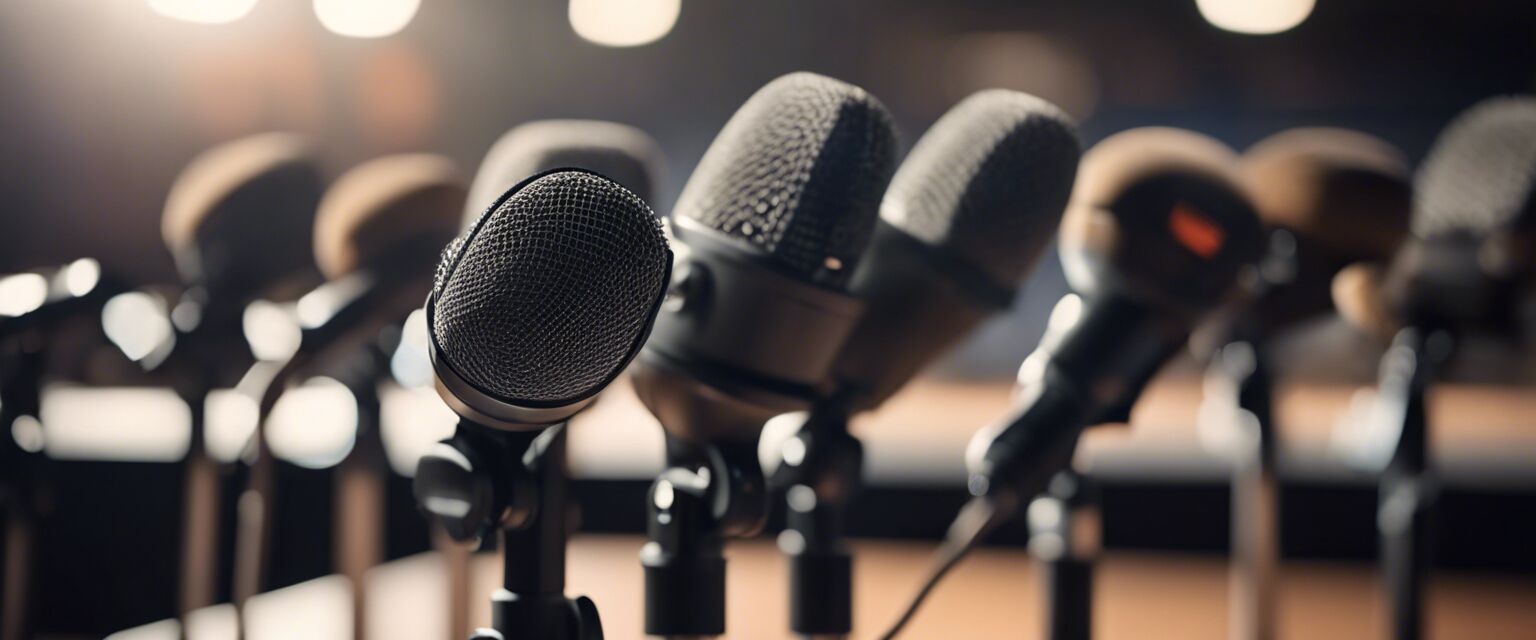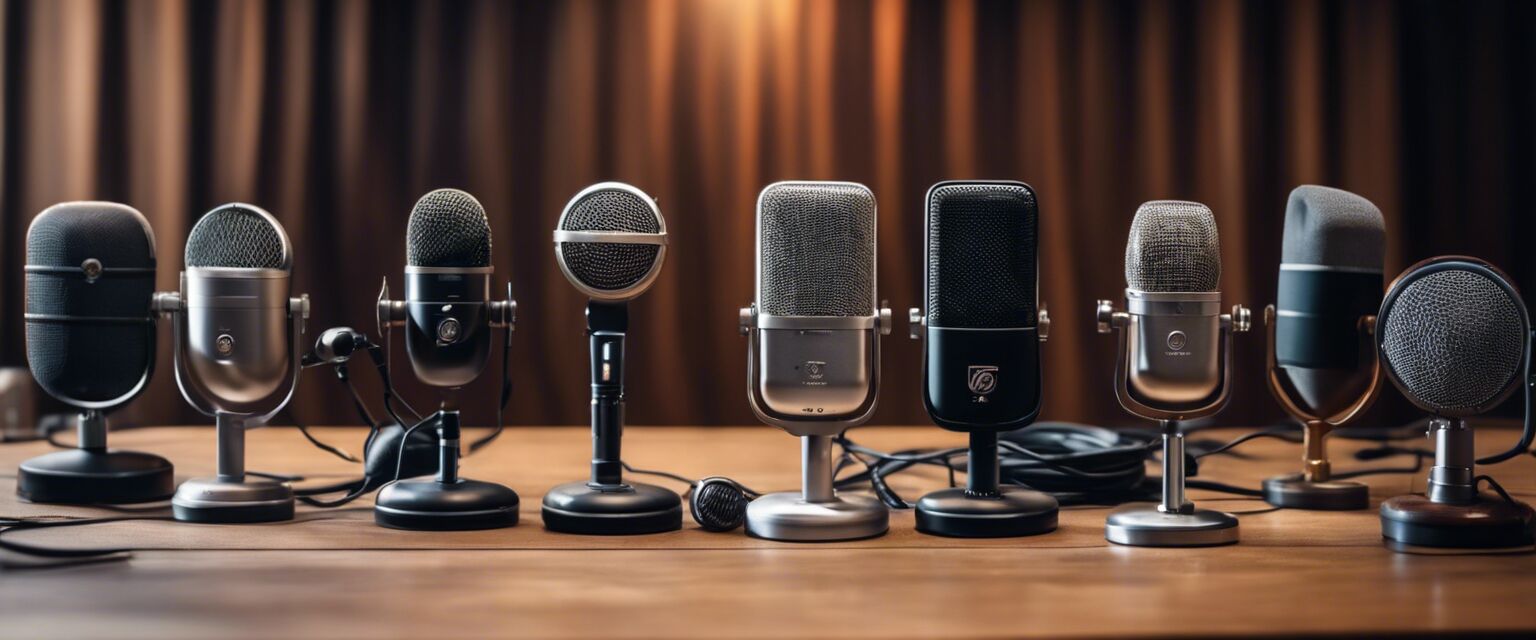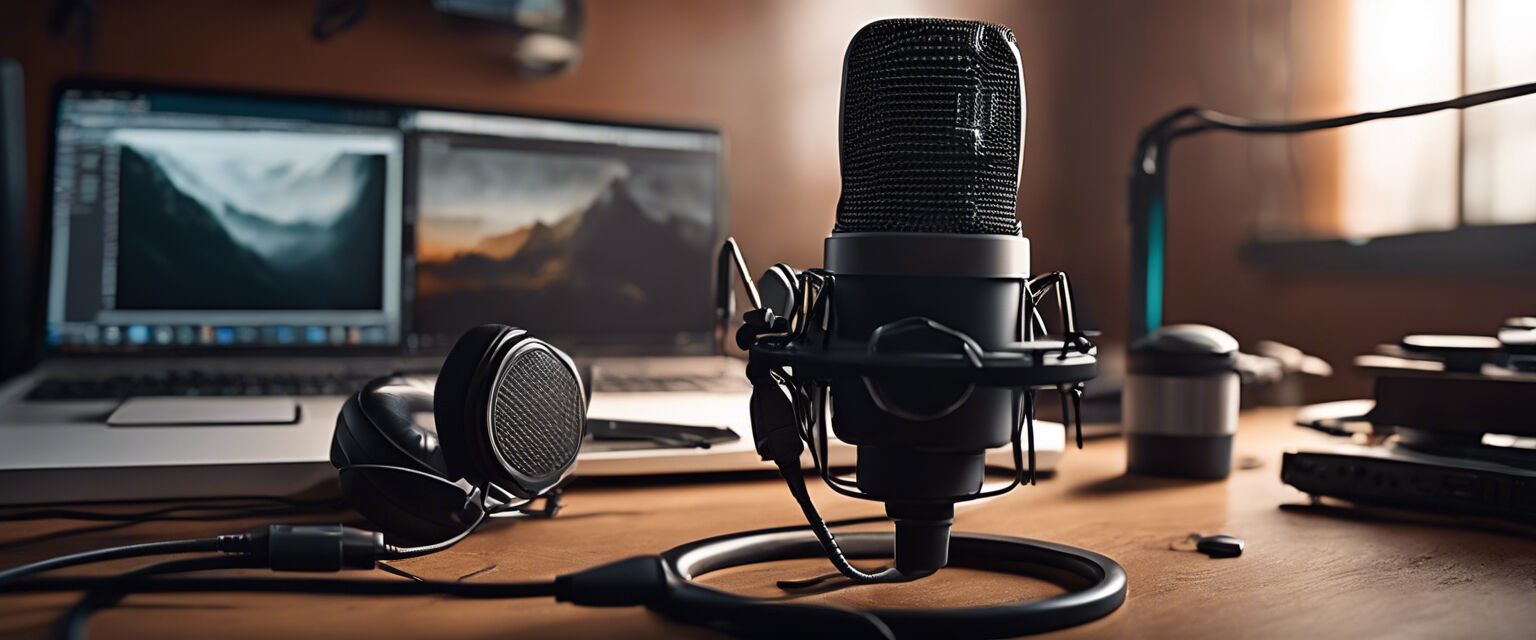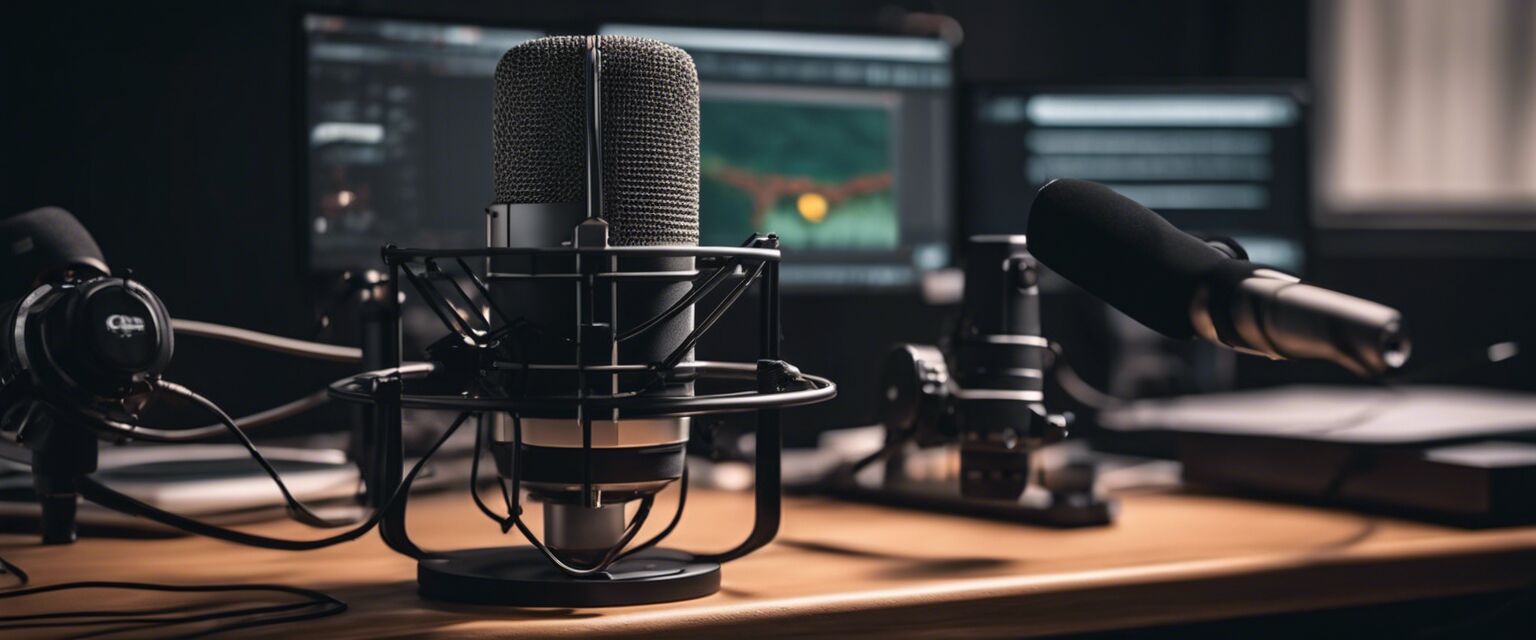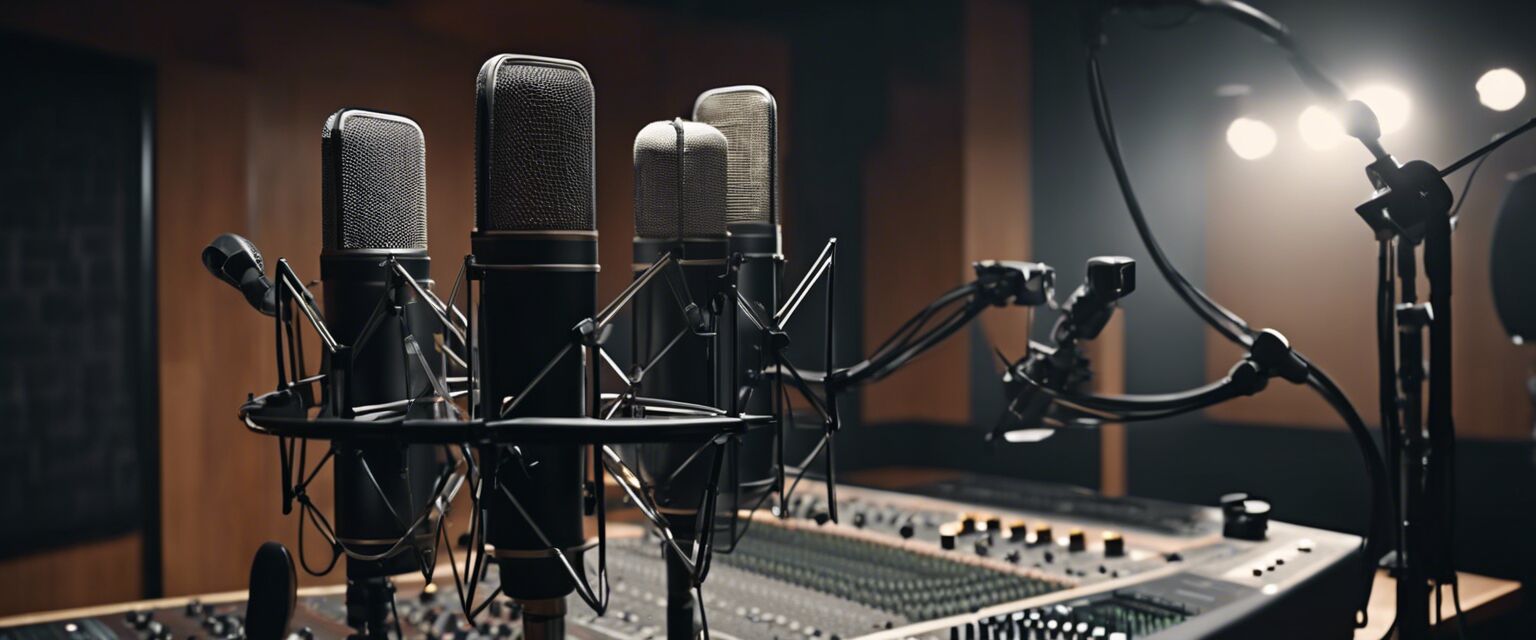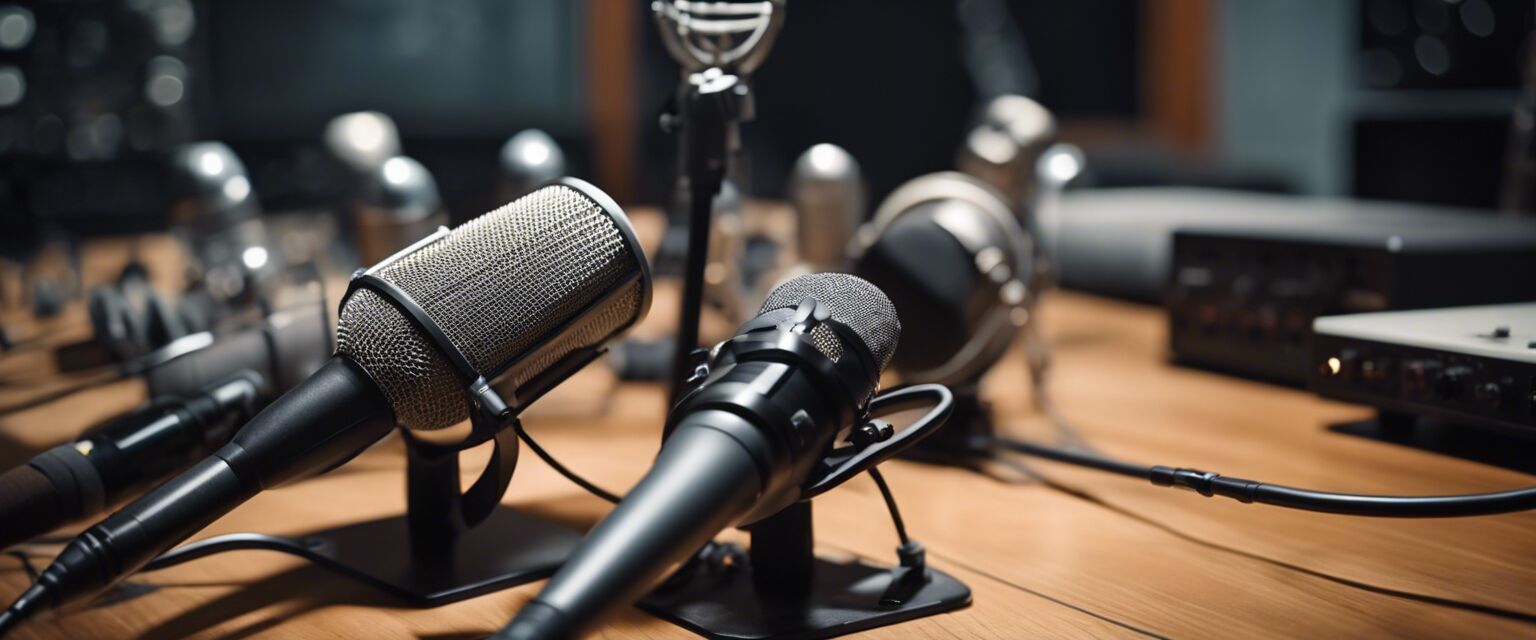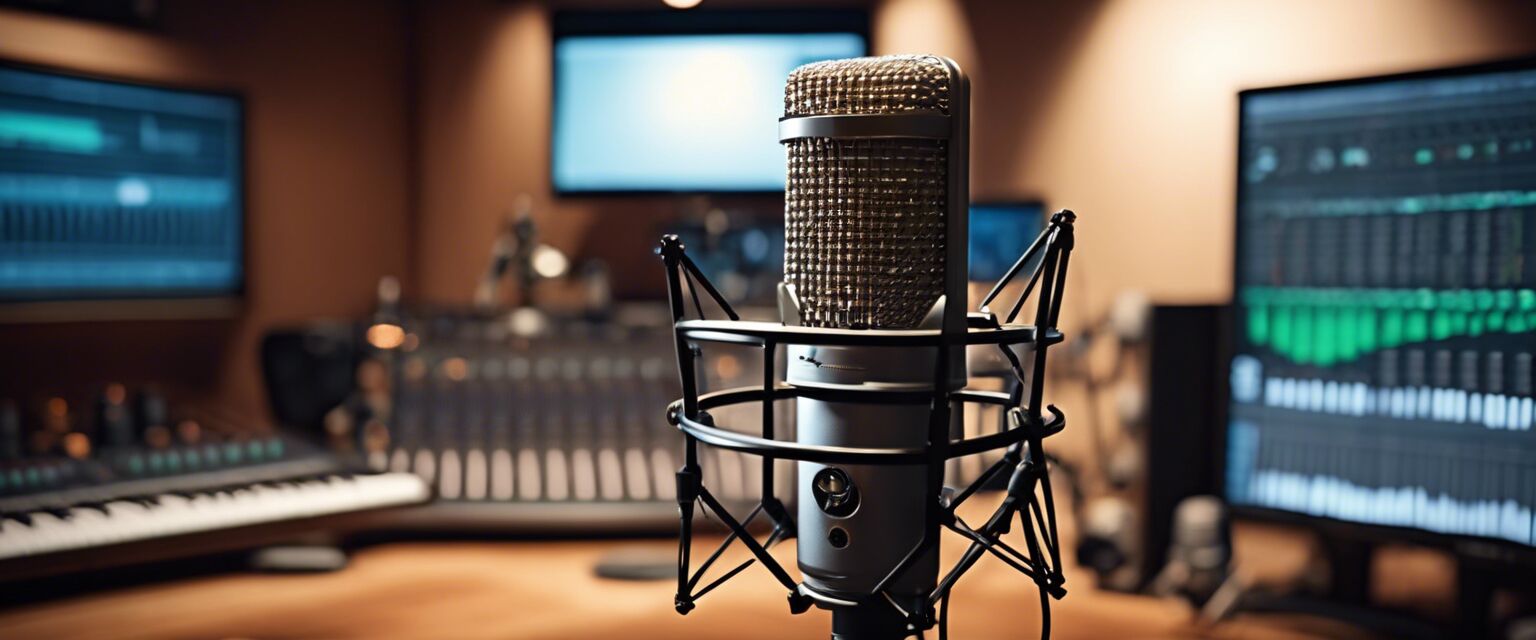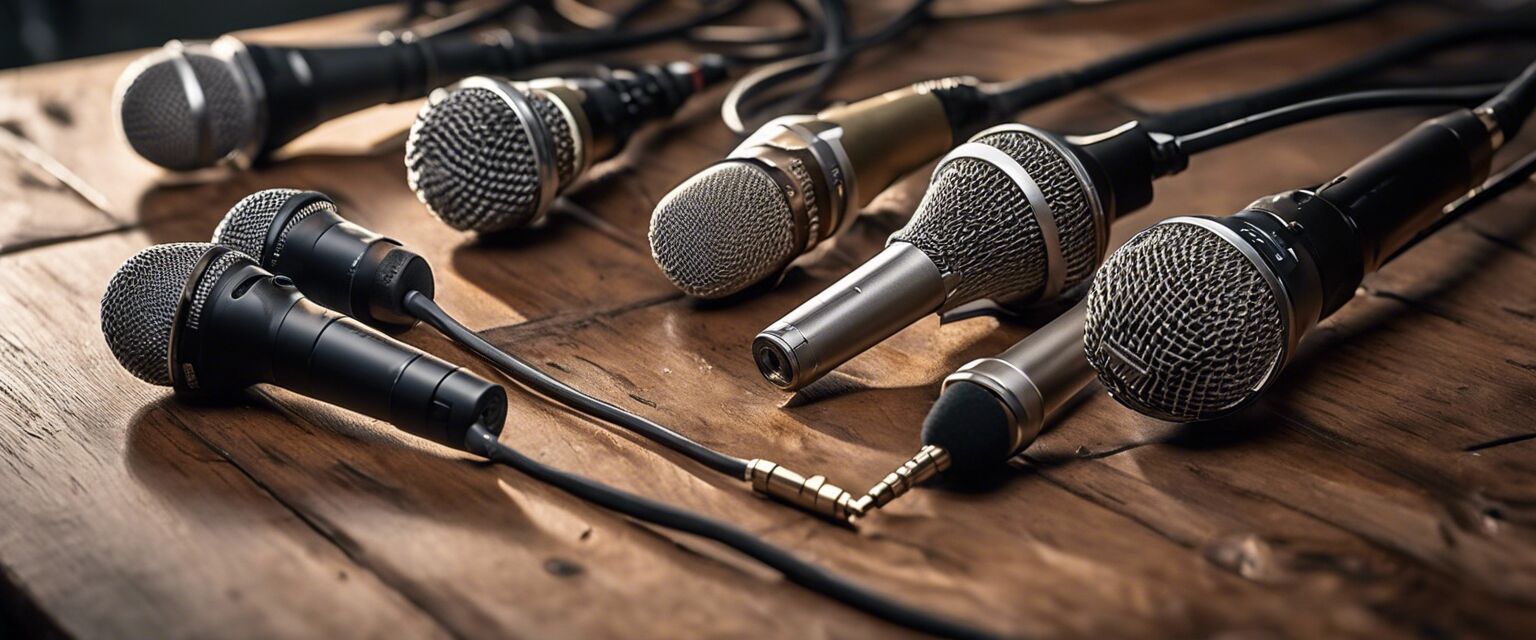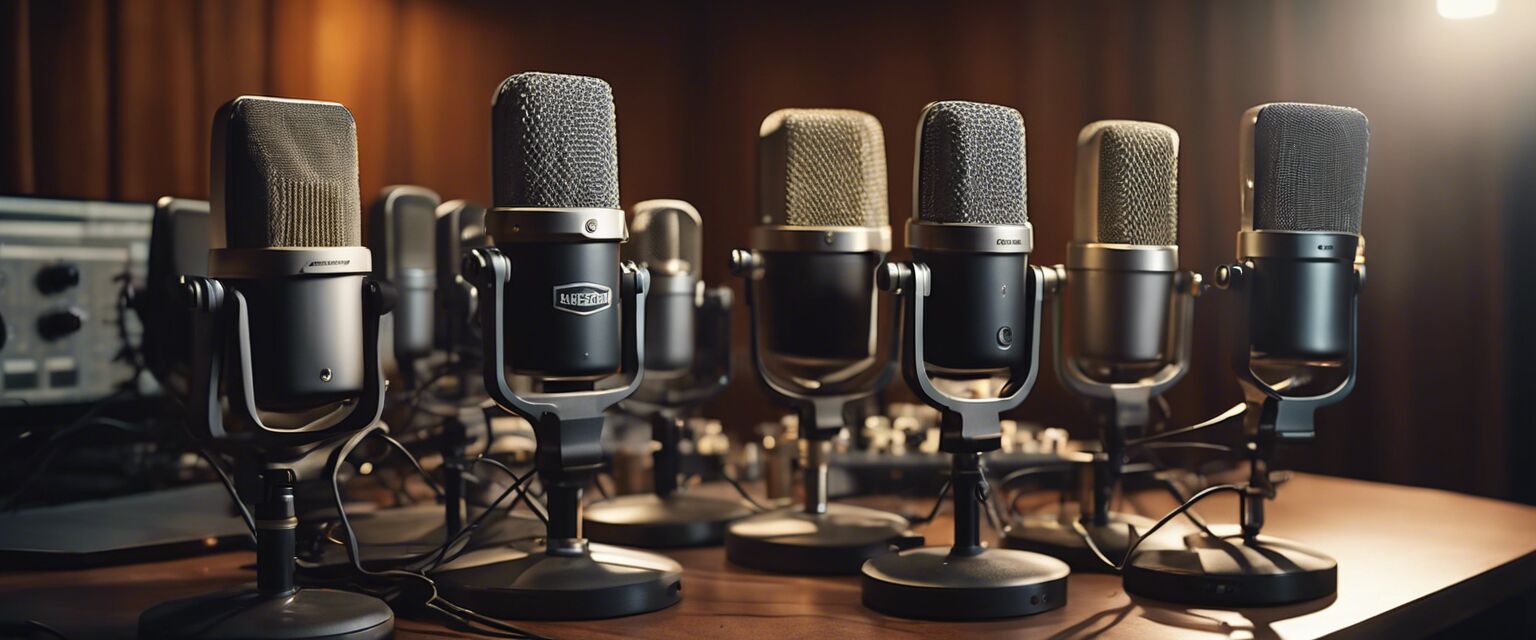
Best Condenser Microphones for Every Recording Need
When it comes to capturing high-quality audio, condenser microphones are the go-to choice for many recording artists and professionals. But with so many options available, it can be overwhelming to find the right one for your specific needs. In this article, we'll break down the top condenser microphones for different recording scenarios, helping you make an informed decision for your next project.
Key Takeaways:
- Condenser microphones are ideal for capturing nuanced sound details.
- Different polar patterns (omni, cardioid, supercardioid) suit various recording environments.
- USB condenser microphones are great for podcasting and voice-overs.
What Makes a Great Condenser Microphone?
A great condenser microphone should provide accurate sound reproduction, durability, and versatility. Here are some key factors to consider:
| Feature | Description |
|---|---|
| Polar Pattern | Determines the microphone's sensitivity to sound waves from different directions. |
| Frequency Response | Affects the microphone's ability to capture high and low frequencies. |
| Sensitivity | Influences the microphone's ability to pick up quiet sounds. |
Top Condenser Microphones for Different Recording Needs
Whether you're recording vocals, instruments, or podcasts, there's a condenser microphone that's perfect for the job. Here are some top picks:
Vocal Recording
For capturing crisp, clear vocals, look for condenser microphones with a cardioid polar pattern and high sensitivity.
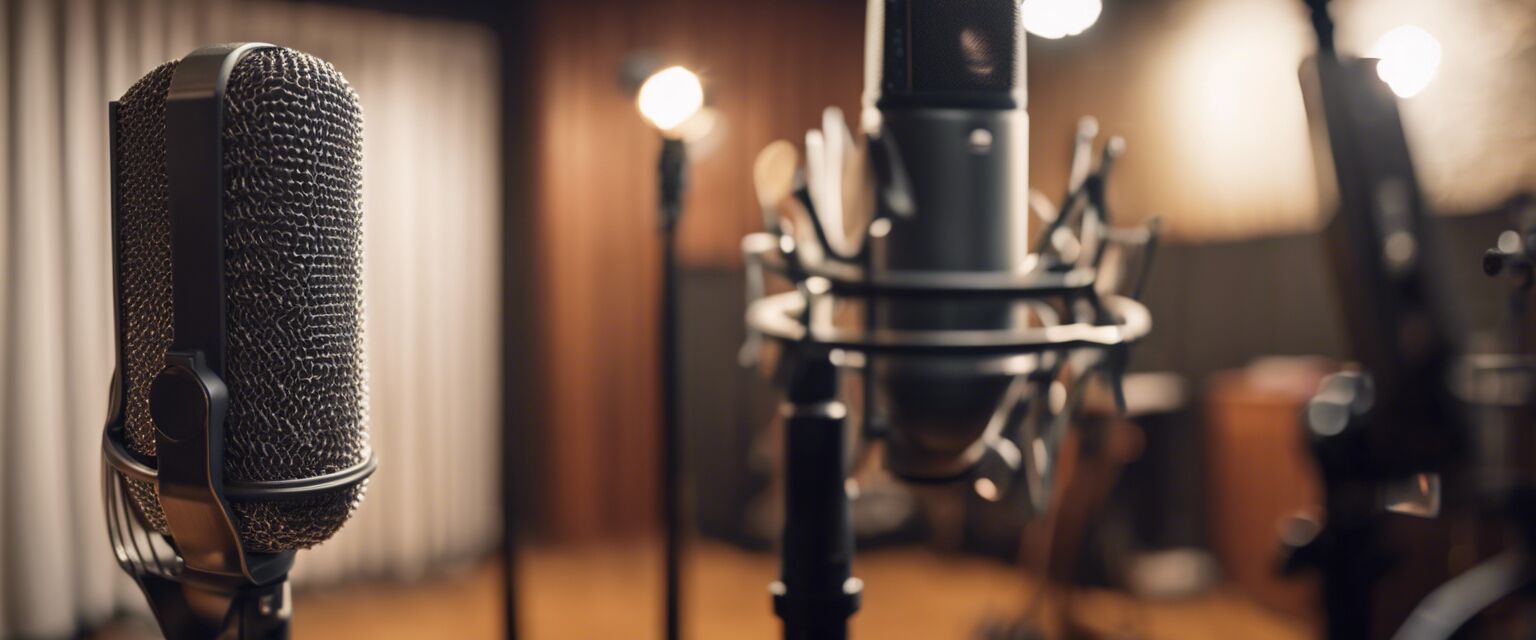
Instrument Recording
When recording instruments, omnidirectional condenser microphones can provide a more immersive sound.
Podcasting and Voice-Overs
USB condenser microphones are perfect for podcasting and voice-overs, offering plug-and-play convenience and high-quality audio.
Explore our selection of USB microphonesComparison of Top Condenser Microphones
| Microphone | Polar Pattern | Frequency Response | Sensitivity |
|---|---|---|---|
| Microphone A | Cardioid | 20 Hz - 20 kHz | 100 dB |
| Microphone B | Omnidirectional | 30 Hz - 18 kHz | 80 dB |
| Microphone C | Supercardioid | 40 Hz - 16 kHz | 120 dB |
Pros
- Accurate sound reproduction
- High sensitivity for capturing nuanced details
- Versatile for various recording applications
Cons
- May require additional equipment (phantom power, etc.)
- More sensitive to background noise
- Generally more expensive than dynamic microphones
Conclusion
With so many great condenser microphones available, it's essential to consider your specific recording needs before making a purchase. By understanding the key features and benefits of each microphone, you'll be well on your way to capturing high-quality audio that brings your projects to life.
Beginners Tip:
- Start with a USB condenser microphone for podcasting and voice-overs.
- Experiment with different polar patterns to find the best fit for your recording environment.
